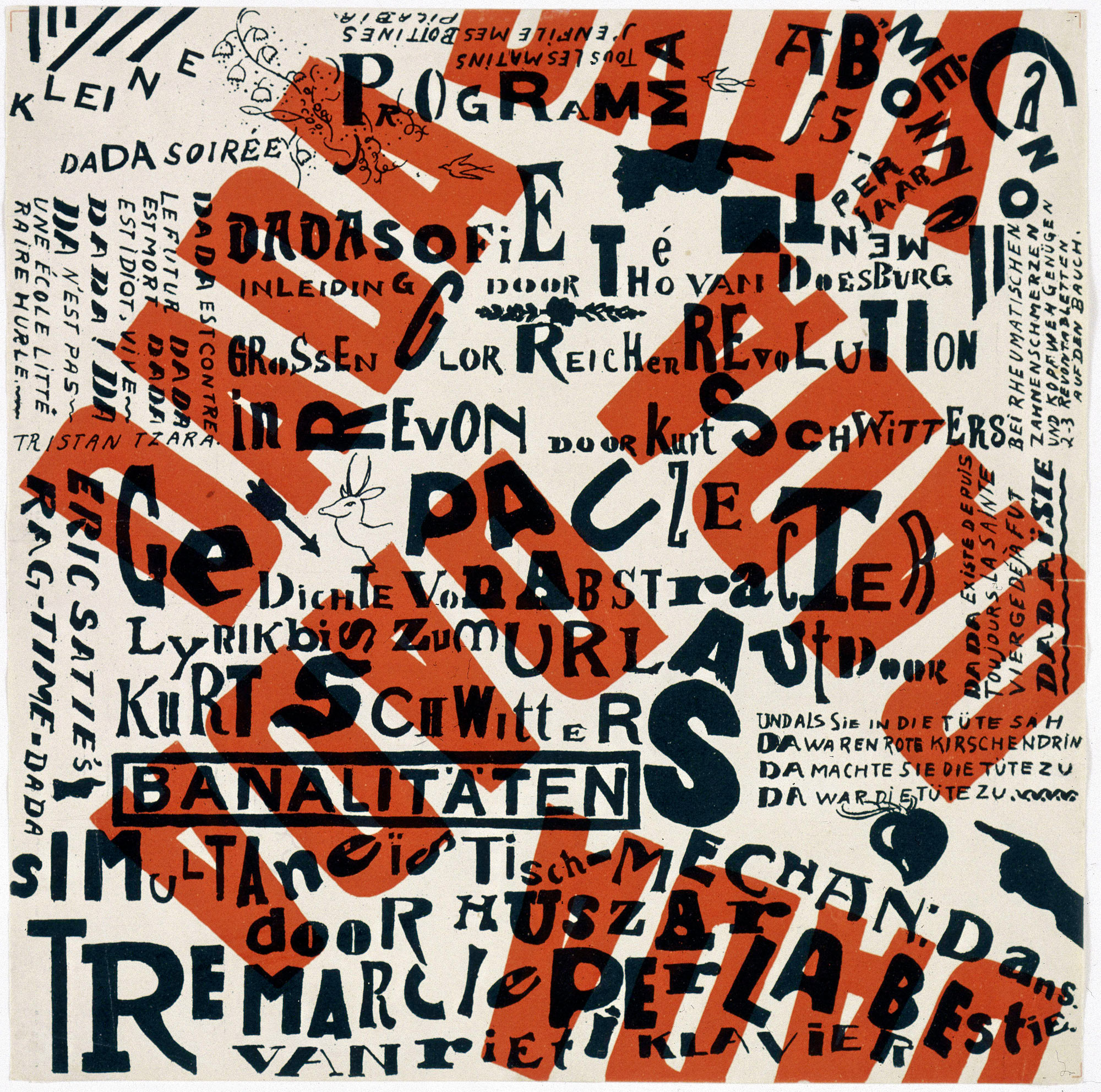Art, in its myriad forms, serves as a reflection of society’s values, aspirations, and challenges. As Bahá’ís, we engage deeply with the notion that art possesses the potential to transcend mere aesthetic appeal, serving instead as a catalyst for transformative change within individuals and communities. An artist’s manifesto, inspired by Bahá’í teachings, posits that the profound intersection between art and spirituality can provoke the necessary introspection required to address pressing global issues. This discourse will unpack various dimensions of this relationship, ranging from the philosophical underpinnings of Bahá’í beliefs to practical expressions in the visual and performing arts.
At the outset, it is essential to grasp the central tenets of Bahá’í teachings regarding the significance of art. The Bahá’í Faith emphasizes the oneness of humanity and the importance of individual development. Art, thus, becomes a vehicle for personal and collective expression, illuminating the shared experiences and struggles that bind us. The Bahá’í writings assert that art should resonate with truth and beauty, encapsulating both the essence of human experience and divine inspiration. It is through these core principles that we can begin to understand how art might serve as a transformative force.
One salient aspect of this dialogue is the capacity of art to evoke emotional responses. Art’s intrinsic ability to harness emotion enables it to connect individuals across diverse backgrounds. For instance, visual art can convey complex ideas and feelings in a manner that transcends verbal communication. This universality is critical in a world increasingly marked by division and misunderstanding. When an artwork encapsulates profound themes such as love, unity, or justice, it can resonate with viewers on a fundamental level, inspiring them to reflect on their own lives and the societal structures they inhabit.
Additionally, the performative arts—such as theatre and music—provide a dynamic platform for exploring intricate narratives and experiences. These forms not only entertain but also serve as incubators for dialogue and introspection. A play addressing social inequities, for example, can prompt audiences to consider their own roles in perpetuating or alleviating such issues. Bahá’í principles advocate for the promotion of justice and equity, and through performance, artists can engage directly with challenging social topics, thereby fostering a deeper understanding and urgency for change.
Art’s transformative power is also evident in its capacity to stimulate critical thought. The Bahá’í teachings encourage individuals to pursue knowledge and understanding, urging them to cultivate discernment in their pursuits. Art can serve as a means of inquiry, challenging prevailing narratives and prompting audiences to question accepted norms. When artworks provoke critical reflection, they encourage viewers to look beyond superficial interpretations, inviting them to engage with the deeper meanings and implications embedded within. This intellectual engagement is vital for societal progress, as it lays the groundwork for informed action and engagement with pressing issues.
Moreover, the integration of aesthetics with social responsibility in art speaks to a foundational concept of Bahá’í thought: the idea that beauty must be accompanied by purpose. Artists inspired by this ethos may find themselves exploring themes of sustainability, community engagement, and ethical practices within their creative processes. This intertwining of art and social consciousness can lead to innovative approaches that challenge the status quo, inviting audiences to envision a future grounded in shared values and collective aspirations. Art, in this sense, not only reflects society but shapes it, acting as a beacon of hope and progressive thought.
Furthermore, the collaborative nature of artistic expression aligns seamlessly with Bahá’í principles of unity and cooperation. Artistic endeavors often benefit from diverse contributions, fostering an interdisciplinary approach that can yield richer, more layered interpretations. This collaborative spirit reflects the Bahá’í commitment to dismantling barriers among individuals, encouraging artists from varied backgrounds to come together and share their unique perspectives. Such partnerships have the potential to generate innovative works that encapsulate the essence of humanity’s interconnectedness.
However, it is imperative to acknowledge the challenges that artists may face in this endeavor. The commercialization of art, for instance, can create pressures that detract from the authenticity and integrity of the creative process. In striving to meet market demands, artists may sacrifice their vision and the deeper messages they seek to convey. To counteract this trend, artists must remain steadfast in their commitment to their principles and the transformative potential of their work. Upholding a manifesto grounded in Bahá’í values can serve as a guiding light in navigating these challenges, reminding artists of their mission to inspire change and elevate the human experience.
In conclusion, the prospect of art as a transformative force is both profound and promising, particularly when grounded in Bahá’í teachings. The intersection of beauty, truth, and social responsibility underlines the unique potential of art to inspire introspection, dialogue, and action. As artists embody these ideals in their creations, they not only reflect society but actively participate in its evolution. The call to action is clear: embrace the role of art in fostering unity, and envision a world where creativity becomes a driving force for change. Through this lens, we recognize that the power of art is not merely in its ability to depict, but in its potential to transform hearts and minds, ultimately leading to a more just and harmonious world.
